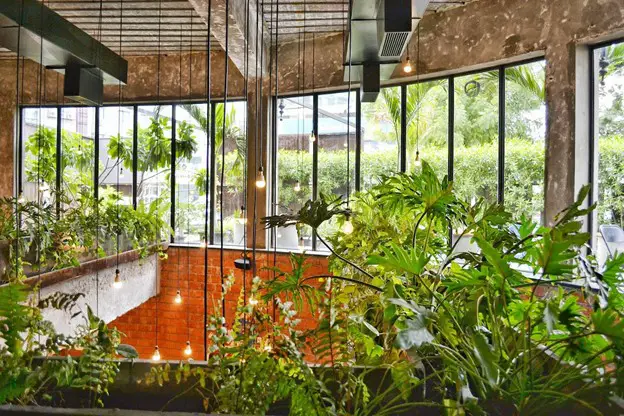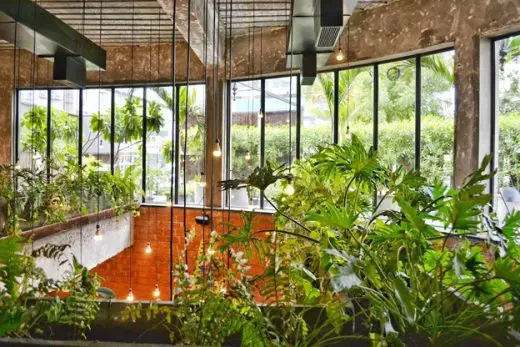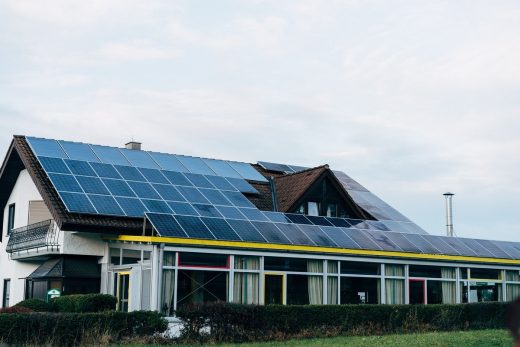How to make your home sustainable guide, Photovoltaic solar panels advice, Building PV electricity RoI
Green Living: How to Make Your Home Sustainable
30 May 2023
Green living conserves natural resources and reduces environmental impact. It’s an approach to life that makes your home and lifestyle more sustainable. You might have to make some changes to live more green, but it pays off big in the long run.
While it will be costly, home solar panel experts will help you make an informed decision. You will save money in the long run and support a healthier environment. Read on to learn how you can make your home more sustainable.
Understanding the Different Environmental Issues
To live a more sustainable lifestyle, understand the different issues that impact the environment. It will enable you to make informed decisions about the changes you can make to reduce your environmental footprint. Climate change, air and water pollution, deforestation, overconsumption, and waste affect the environment. By making simple changes to your lifestyle, you’ll make a difference. Imagine what an impact it would make if everyone took the time to learn about these issues and take steps to reduce their impact.
Conduct an Energy Audit
An energy audit analyzes and assesses the energy-related characteristics of a home or building. It identifies existing problem areas and recommends solutions. It includes measuring the amount of energy used, evaluating insulation levels, checking for air leakage, and identifying potential sources of waste.
The audit also checks the appliances and lighting and recommends strategies to reduce energy use. It may suggest switching to energy-efficient lightbulbs, replacing inefficient appliances with new Energy Star-rated ones, or installing a programmable thermostat.
Conserve Natural Resources
Natural resources include land, water, minerals, and air. Electricity and energy are also considered part of the natural resource equation. They must be produced sustainably to avoid depleting coal, oil, and natural gas resources. A sustainability audit identifies ways to reduce these resources’ use and promotes their efficiency. This may include encouraging everyone to conserve water, implementing a recycling program, or switching to renewable energy sources. Recommended action plans include:
Switching to Solar Power
Solar energy is a renewable resource offering electricity to homes and businesses without burning fossil fuels. Many types of solar technologies exist, including photovoltaic (PV) systems and concentrated solar power plants. The size and type of solar panel you need depends on your home size and energy needs. Consult a certified solar installer to help you determine the best system for your needs.
Adopting Energy-Efficient Practices
Using light bulbs with higher energy efficiency ratings and investing in efficient appliances are great ways to reduce your electricity needs. Depending on where you live, you may be eligible for government incentives to cover the cost of energy-efficient upgrades. You should also consider LED lighting and unplugging electronics you’re not using.
You can also switch to an efficient plumbing system, including energy-saving faucets and showerheads. This will reduce the hot water used, energy consumption, and water bills. Motion sensor faucets, low-flow toilets, and recycling greywater systems are other excellent ways to reduce water use.
Upgrade The Insulation
Poor insulation leads to high heating and cooling bills and uncomfortable temperatures during the winter and summer months. Check your attic, walls, crawl spaces, basement, windows, and doors for adequate insulation. Ensure it’s up to code and no gaps or holes exist. Repair or replace existing insulation, or upgrade your windows and doors for better insulation.
Upgrade the windows to energy-efficient ones with a lower U-value rating, indicating how much heat is lost through them. Additionally, consider adding awnings or shutters to block out sun rays in the summer, keeping the home cooler.
Install a Programmable Thermostat
A programmable thermostat saves energy by automatically adjusting your home’s temperature when you are away or asleep. It can reduce energy costs by as much as 7% to 15 % by keeping the heating and cooling systems from running unnecessarily. Smart thermostats are an even better option as they are remote-controlled with your smartphone. You can adjust the temperature from any location. It can also diagnose problems with the system, enabling you to take quick action.
Weatherize Your Home’s Exterior
Weatherizing means closing off any air leaks or cracks in your home’s exterior. Caulking and sealing doors, windows, and other openings will reduce drafts and keep the space warmer in winter and cooler in summer.
Check the roofing, too. Missing or broken shingles create air leaks that disrupt the HVAC system’s performance. An old roof is less energy efficient. Opt for a greener option as it has more insulation. You’ll also reduce the formation of ice dams in winter.
Make the Most of Natural Light
Natural light is more beneficial than artificial one in winter and summer. During the day, keep your curtains pulled back or open to allow as much natural light inside. The space will be brighter, and you won’t have to use lamps that require energy for illumination. In the summer, close your curtains during the day. This will keep your home cooler without requiring the use of air conditioning. To maximize natural light, opt for large windows and skylights.
Implementing a Recycling Program
A recycling program minimizes the amount of waste going to landfills while reducing the need for new resources. Contact your local waste management provider to start a recycling program and inquire about their services. Collect recyclable materials and place them in separate bins for collection.
Educate your family on the importance of recycling and encourage them to participate. You can even invest in a compost bin and use the organic waste from your home to create nutrient-rich soil for the garden or landscaping. Also, invest in recyclable items and materials.
Include Plants
Plants in your yard and interiors significantly impact air quality, absorbing carbon dioxide and releasing oxygen. Plant trees to provide shade in the summer and act as a wind barrier. Place small potted plants on your balconies or windowsills to add life to indoor spaces. These also absorb pollutants and toxins from everyday household items such as paint, candles, and furniture.
You’ll make a positive difference in the environment with a little commitment and effort. You can also join environmental groups or volunteer with organizations dedicated to protecting the planet. Remember to involve your loved ones, friends, and neighbors. Keep updating the strategy as your needs or the environment’s needs change.
Comments on this guide to How to make your home sustainable article are welcome.
Sustainable Building Design
Sustainability Posts
Sustainable building with timber frame and straw
Green sustainable housing: nature house
Solar Panels Articles
Solar Panels Posts
How architects implement solar panels in design
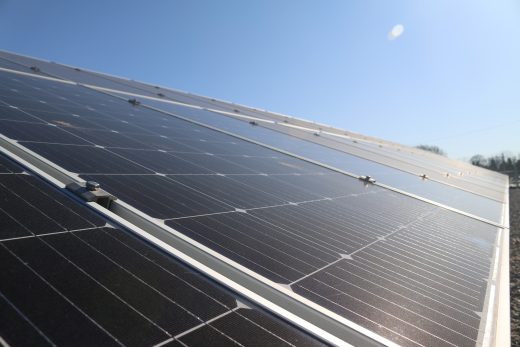
image source : pixabay.com
DIY Solar System: how to install solar panels
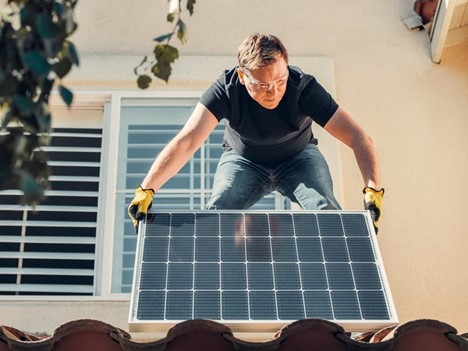
Before Installing Solar Panels
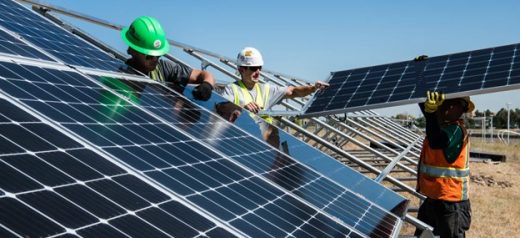
Types of roofing for solar panel installation
Installing Solar Roof Ventilation in Your Home
The Complete Homeowner’s Guide To Solar Power
Building
Residential Architecture Articles
Comments / photos for the How to make your home sustainable – Solar energy and photovoltaic electricity advice page welcome

